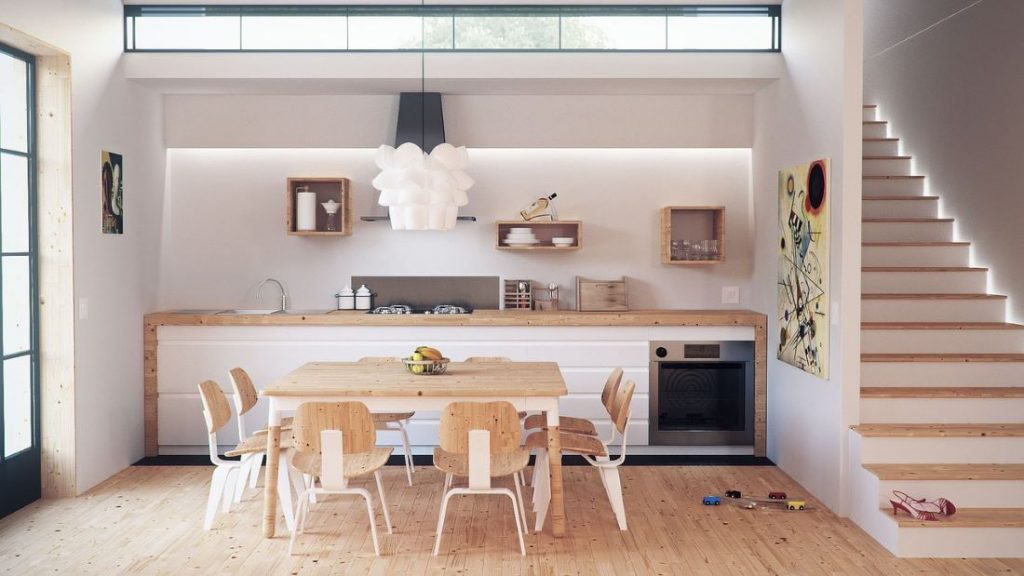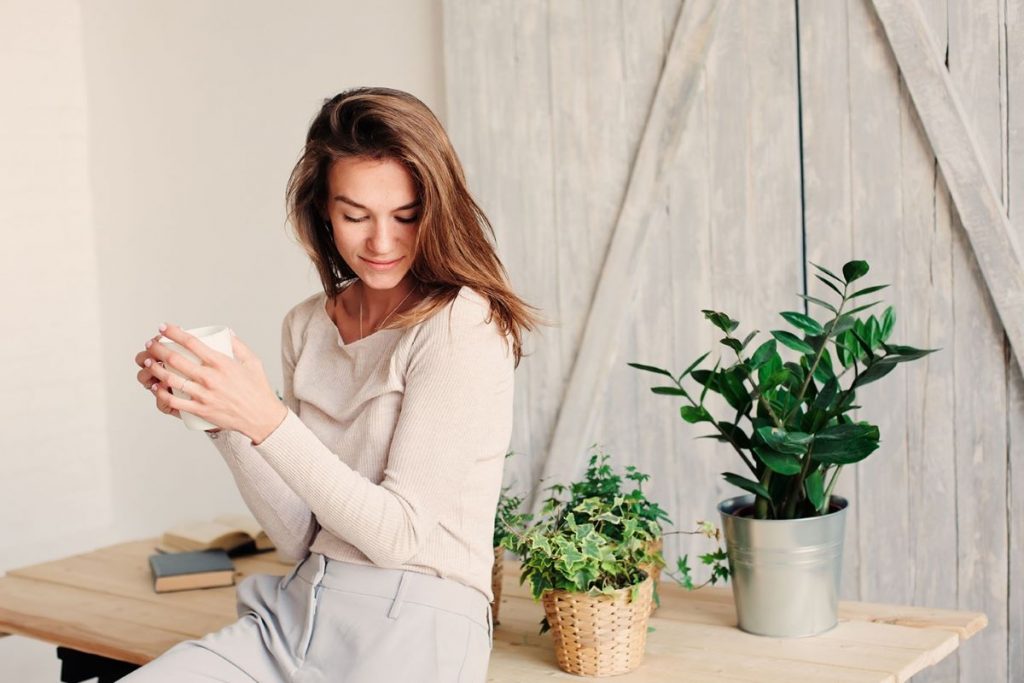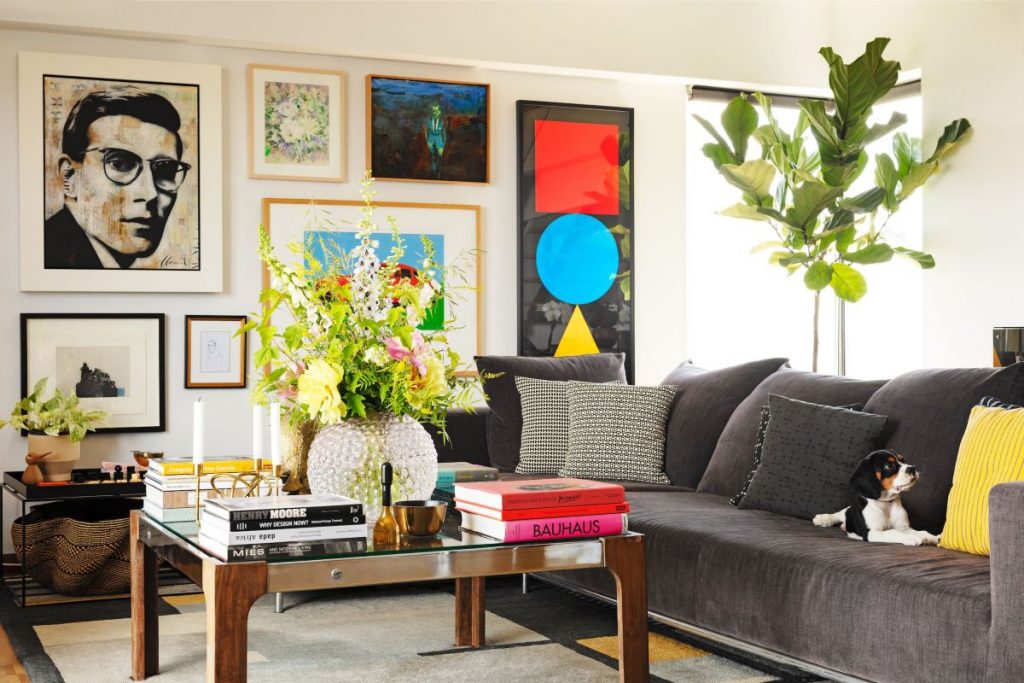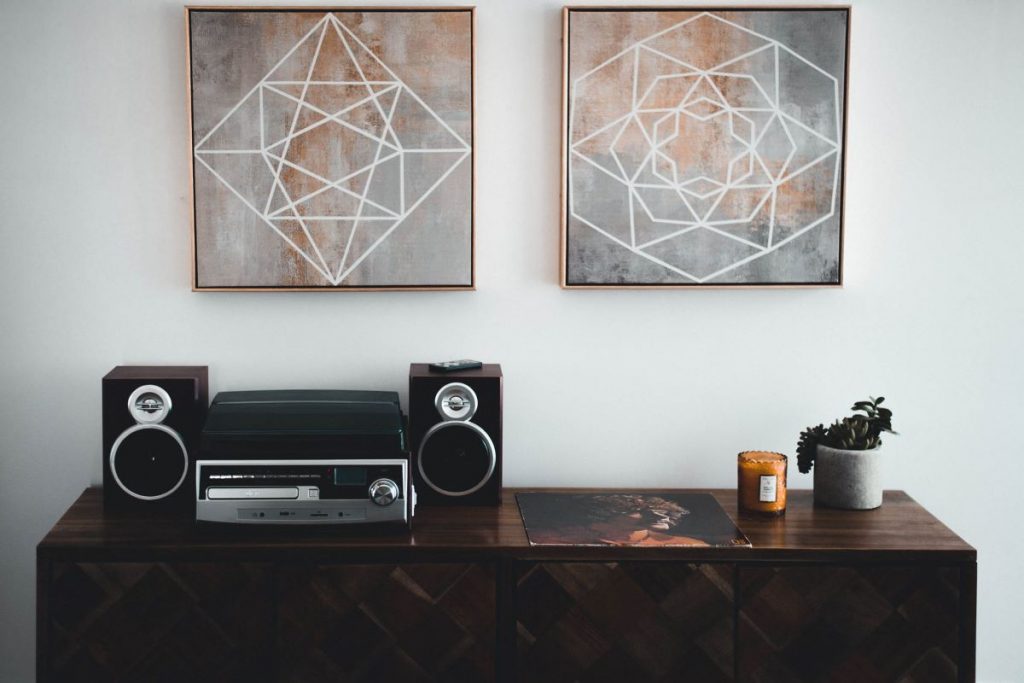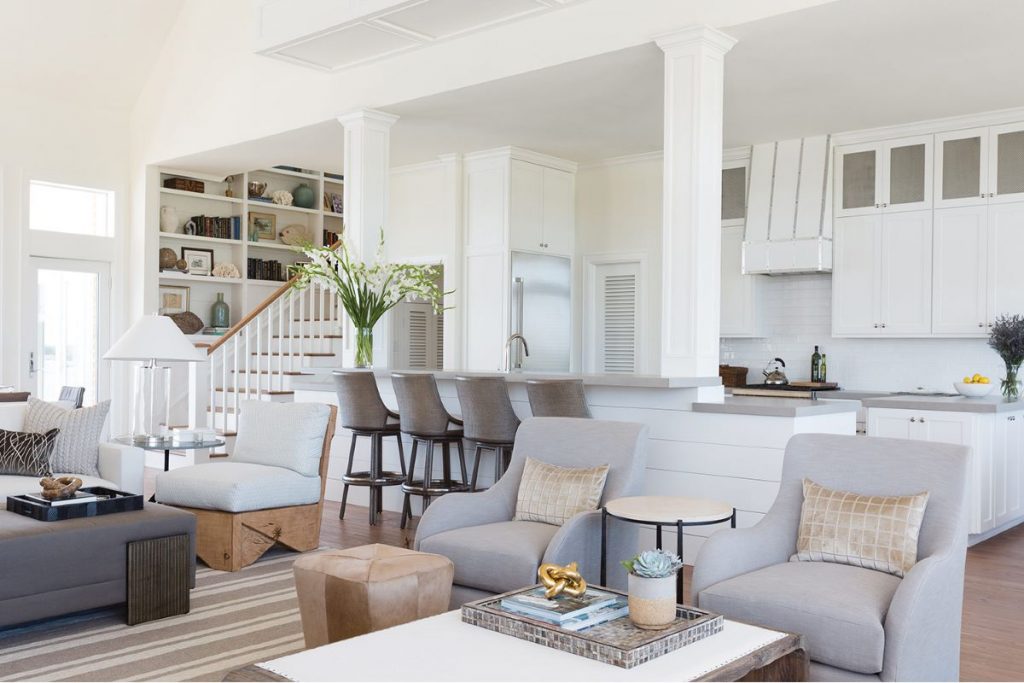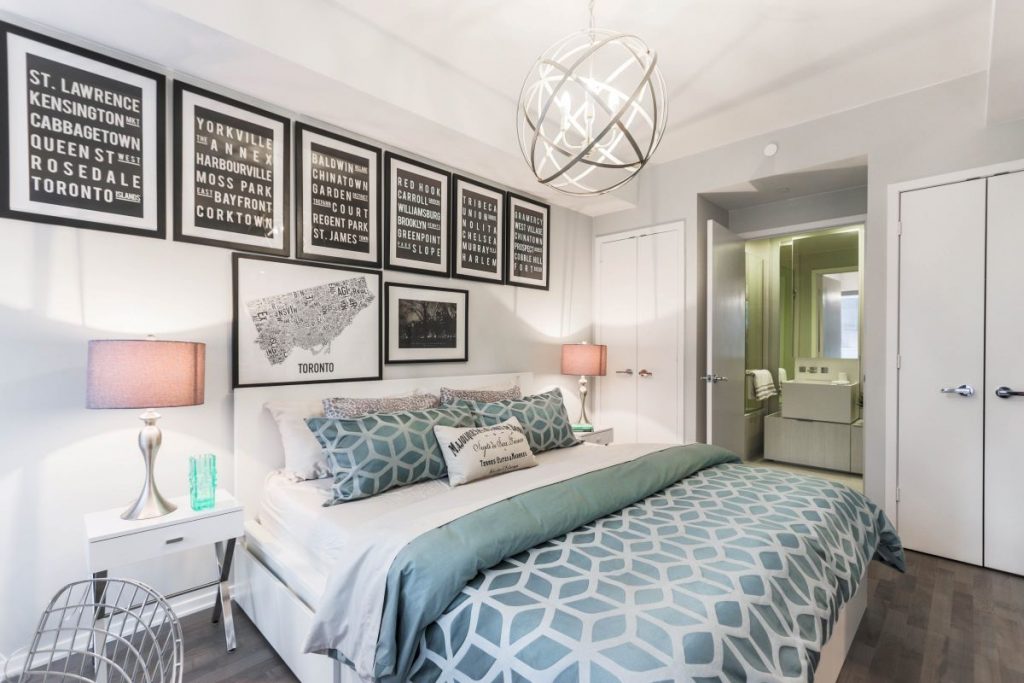Table of Contents
So, you’ve got a beautiful home, everything you need, but it’s just not quite functional enough. Maybe you don’t have the working space you need or the storage that speaks to your disorganized soul, whatever it is here are a couple ideas on how to get the most functionality out of your interior design.
Incorporate Storage

Storage in any sized house is important and can turn an average house into a house perfect for your needs. So, whether you’re an organization freak or you just need more convenient spaces to put stuff, a few key pieces in your house can change everything.
Look at the tiny house movement for example. Though many people who move tiny – homes built on trailer beds ranging from 100 square feet to 300 – assume they’ll have to downsize their lives, several tiny home designers have found a way to make the most of storage opportunities.
Whether it’s lofted storage areas or hidden compartments under benches and stairs, going tiny has never been so easy. If you are interested to add staircase landings check the highlighted link.
Even if you own a full home, take some inspiration from the storage innovation in tiny homes and find custom pieces that can double as storage and keep the clutter out of sight.
Dual-Functionality is Key

Whether it’s a piece of furniture or an entire room, the trick for functionality is trying to make one thing useful in two ways.
Think office/guest room, where a murphy bed folds up to look like a cabinet and a desk rises from the bottom. Popularized in the micro-apartment movement, designers around the world are coming up with creative ways to transform rooms for multiple purposes.
To incorporate this in your home design, look for opportunities and spaces for innovation. Have a small nook in your laundry room? Get a custom-built desk that fits in and closes to look like a cabinet.
Create Open-Floor Plans
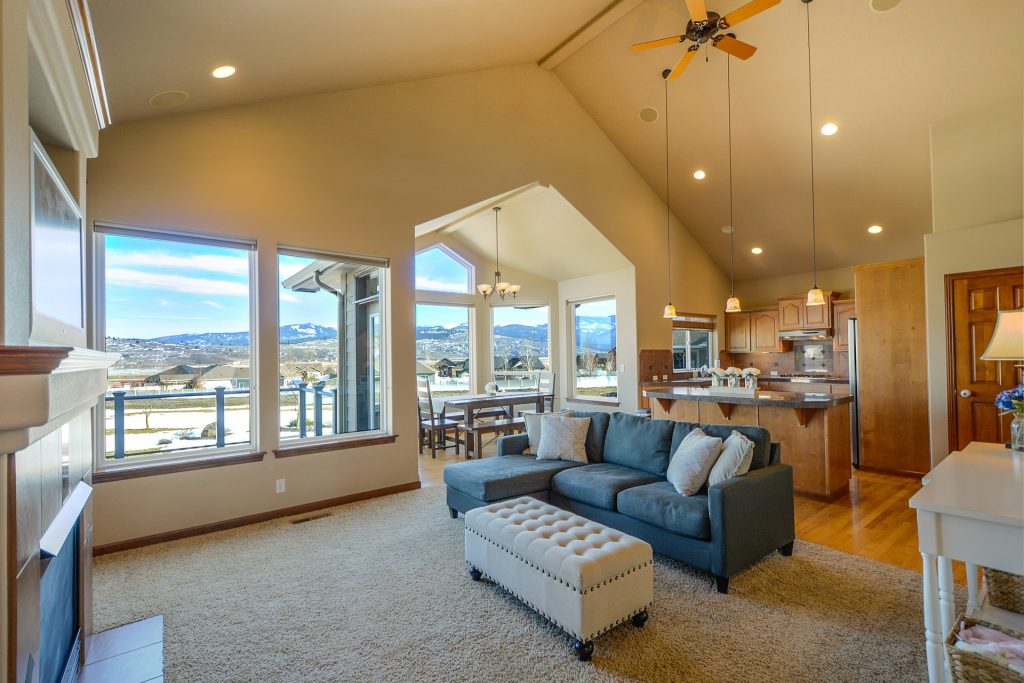
An open-floor concept is usually considered a stylistic choice. But what you might not know, is that interior designers look for these open spaces for actually very functional reasons.
Walls that block off spaces generally take away natural light, ease of movement room to room, and square footage for larger furniture.
So, to save you time and money, open-floor plans can actually eliminate the need for as much lighting and keep you from having to customize the size of your furniture.
Bring in Natural Light

The key to opening up a space is using the right type of windows to bring in as much natural light as possible.
In Scandinavian design, they accomplish this through angled skylights and windows. With lighter tiles or brick, you can also reflect natural light and make the room feel even bigger.
To keep light spread throughout a space, you can use mirrors as conductors throughout a space that double as a vanity or dresser mirror.
Go for Minimalism
Minimalism isn’t just for the ultra-chic, it’s also a great way to keep your space functional. It’s not unfamiliar territory for most of us to have more stuff that’s strictly aesthetic instead of actually serving a purpose in a space.
Minimalism focuses on rooms that are designed with only functional objects, but bring in more creativity through wall colors, uses of mirrors, and unusual looking furniture. This means not having any extra furniture that doesn’t serve a specific purpose, but still keeping these interesting through pops of color and clean lines.
Make Average Things into Art
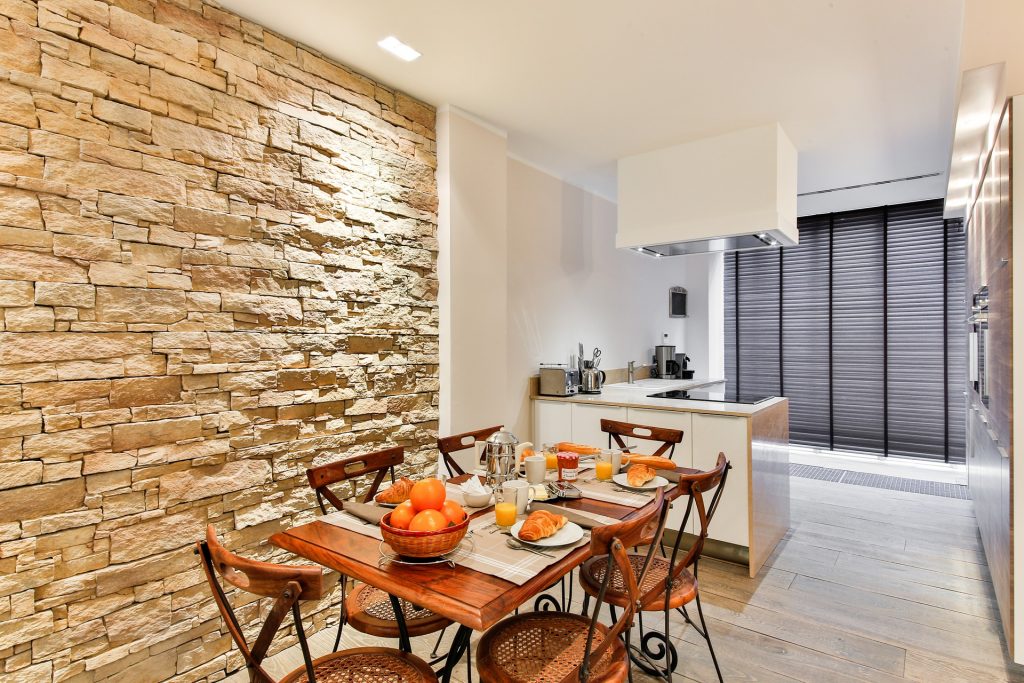
Functionality is generally not thought of as “pretty” or “artistic”, but just because a piece of furniture serves a purpose doesn’t mean it can’t be considered art.
Check out a space that uses cut up wood for the fireplace as a centerpiece of the room. Though they don’t have a lot of art in the space, the wood that they use every day still serves as an interesting focal point.
Several designers are now exploring the potential of even making clutter and storage look picture perfect. Take HGTV’s example on shoe storage, which takes a usual eye sore to new heights of design inspiration.
Make sure you’re always thinking about how a space can provide more purpose and function in your every day life. All in all, as the basics of interior design states, function over form always and forever.
